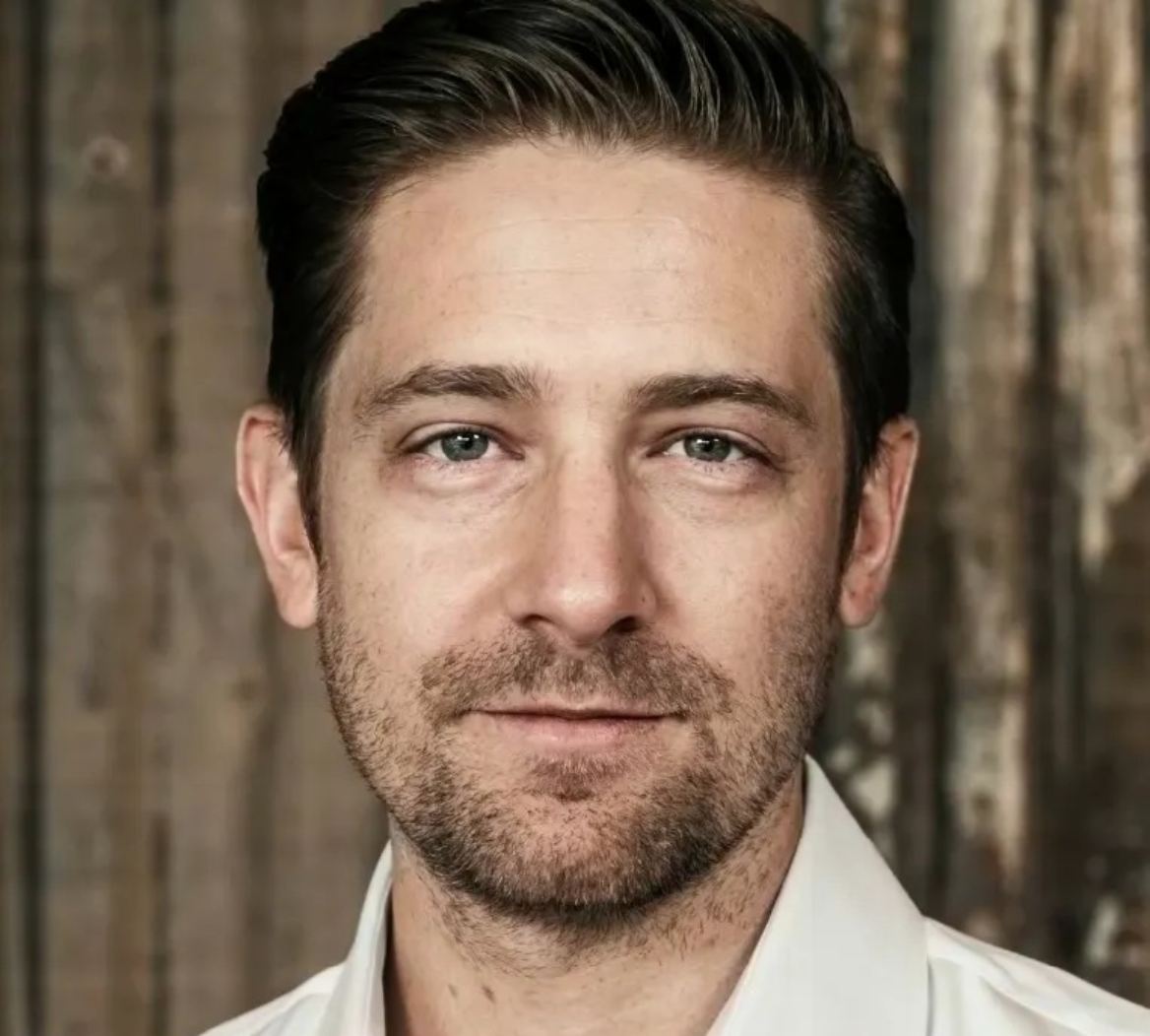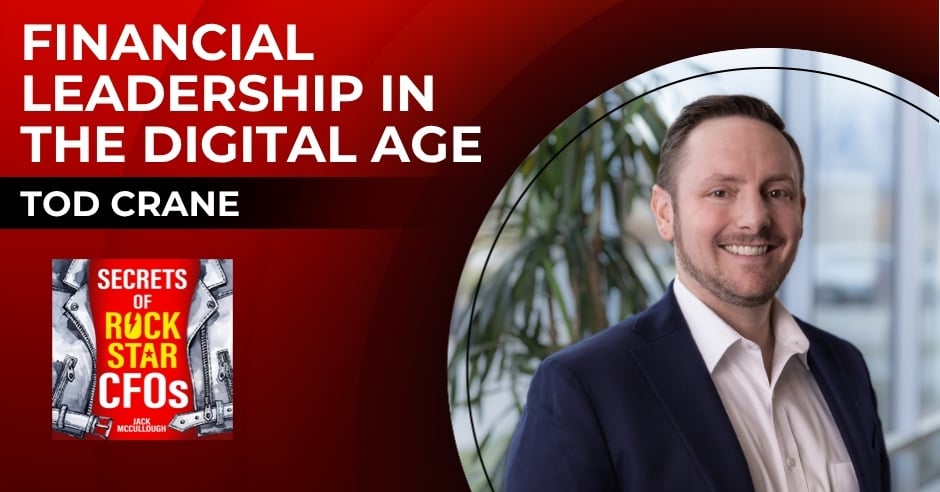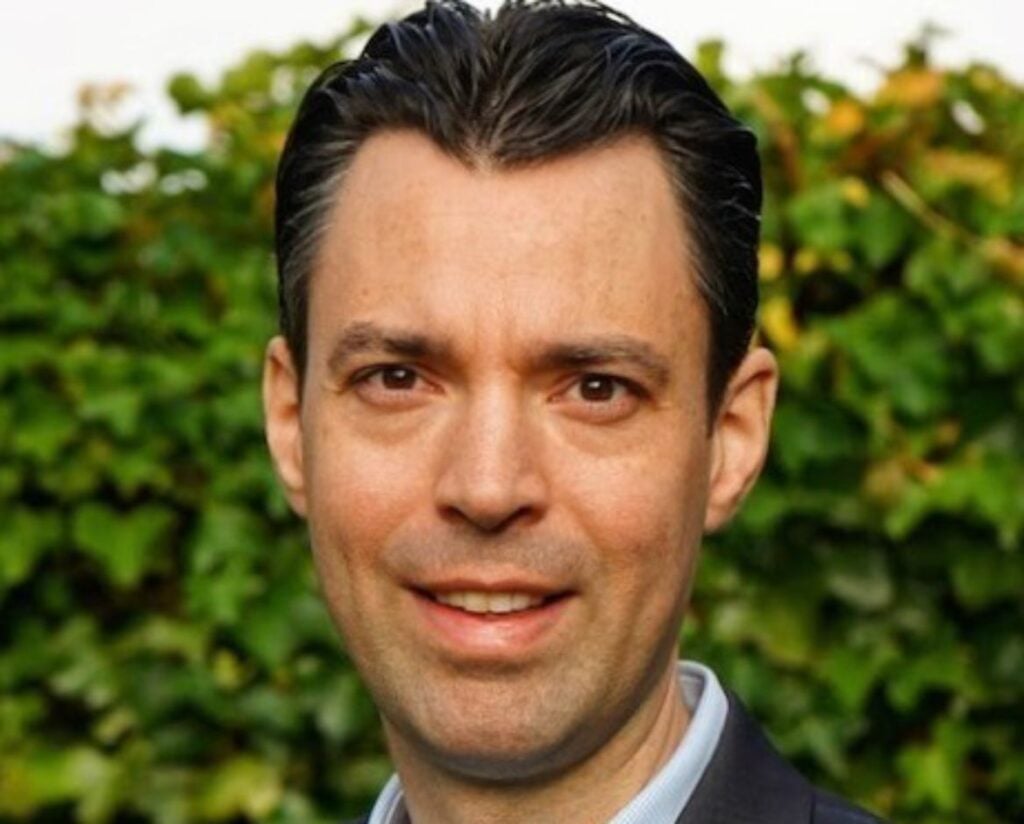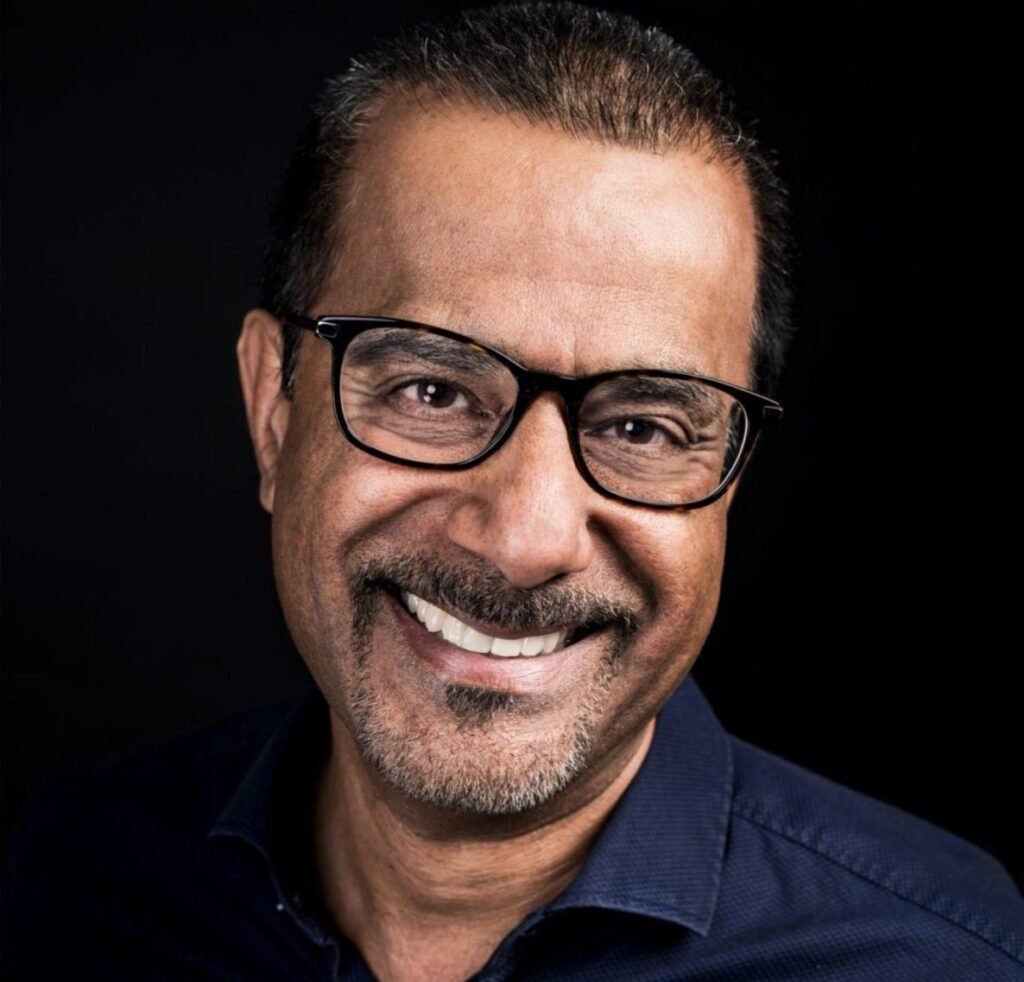The financial services chapter of Erik Rothschild’s career has had a considerable influence on how he handles his first job leading finance.
Before joining inventory and order management software company Cin7 in 2023, he held financial leadership positions at venture capital and private equity-backed businesses like Sovrn Holdings and Social Native. Prior to that, he was an analyst and portfolio manager with alternative investment firms Stark and Peak6.
“Portfolio management taught me to weigh risk and return with discipline,” says the first-time CFO, promoted from SVP of finance and accounting just last February. That investor’s lens Rothschild brings to the CFO role, combined with his early experience in FP&A, shapes how he leads: “decisive, data-informed and relentlessly outcome-oriented,” says Rothschild.
CFO Leadership recently interviewed Rothschild to discuss the lessons from portfolio management that he applies as CFO, the importance of finance’s collaboration with sales and what the 2008 financial crisis taught him about standing out in a “brutal” market for job seekers.
You took a bit of a unique path to the CFO role—starting with portfolio management, then to FP&A. What are the most important lessons from your career journey that inform your approach to the position?
Coming from portfolio management, I developed a high tolerance for ambiguity. In trading, you make decisions with incomplete information. You learn to trust your frameworks and move fast. That’s served me well in leadership, especially in dynamic environments such as PE-backed companies, where the pace is relentless.
Stepping into FP&A taught me the importance of communication and translating complexity into clarity, as well as how to operationalize strategy and tell a financial story. The best finance leaders don’t just know the numbers; they help others understand what the numbers mean and what to do next. That’s something I push my team to get better at every day.
How has your background helped you as the gatekeeper for budgets and spending, like knowing when to spend on inventory and when to pull back?
It comes down to knowing the opportunity cost of your capital. What’s the return on this dollar if we deploy it here versus somewhere else? Inventory is a working capital investment, and the key is to ensure it supports growth and does not just sit idle.
It comes down to knowing the opportunity cost of your capital. What’s the return on this dollar if we deploy it here versus somewhere else?
We use a mix of real-time data, historical trends and forward-looking metrics to guide that decision. Are we seeing accelerating sales velocity? Are lead times tightening? Are we missing out on revenue due to stockouts? Those are signs to invest more. On the flip side, if we’re seeing excess or obsolete inventory creep up, or if macro conditions soften, we may pull back to protect liquidity.
Especially in a PE-backed environment, it’s important to stay agile. You might re-forecast every quarter or even monthly in times of change. Being proactive with scenario planning helps us make those calls before we feel the pain.
As CFO, how are you ensuring the goals of the finance team align with those of the sales team?
In my role, we start by embedding finance early in the sales planning process, particularly around forecasts, pipeline health and customer segmentation. Both teams have to understand the operational and financial implications of sales targets.
We collaborate closely by reviewing real-time data on inventory levels, sales trends and lead times. For example, if sales is pushing into a new market or demand for a particular product is increasing, finance works with them to determine the correct inventory levels while managing cash flow and supplier capacity.
By focusing on shared KPIs—like preventing stockouts or overstocking—we ensure both teams work to minimize risks and maximize customer satisfaction. It’s about having open lines of communication and a mutual understanding that allows us to act quickly when things shift.
Knowing you started your career during the 2008 financial crisis, what advice do you have for finance professionals looking to stand out in the job market?
Starting during the 2008 crisis taught me that resilience and action beat pedigree. At the time, the hiring landscape was brutal. So instead of just submitting résumés, I walked into interviews with trade ideas and a point of view. That willingness to go beyond the brief made all the difference.
Today’s market is just as competitive, and the standout candidates are the ones who bring more than credentials; they bring initiative. If you can show you’ve connected the dots on a market trend or uncovered a cost-efficiency others missed, you’re not just applying for a job—you’re demonstrating value on day one.
In addition, don’t underestimate the power of momentum. Early in your career, consider roles that may not check every box but offer a steep learning curve. In uncertain times, the best thing is to build range, sharpen your instincts and be known as someone who figures things out fast.








